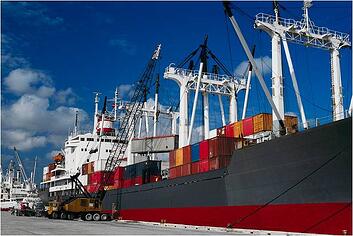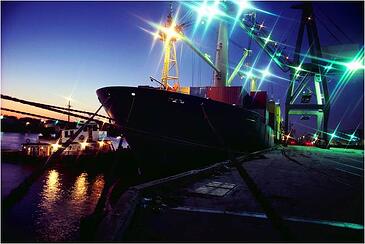Carriers Impose Freight Rate Increases From China to United States

Universal Cargo Management’s last blog of 2011 was about carriers using a General Rate Increase (GRI) or Peak Season Surcharge (PSS) to raise container rates for international shipping from the Far East to the United States.
These GRIs and PSSs were implemented by carriers on January 1st, 2012 and have been successful in applying to both BCOs and NVOs.
While rates are increasing for both BCOs and NVOs, we are seeing the gap between BCO direct carrier s/c rates and NVO benchmark (spot) rates shrinking.
While carriers are succeeding at increasing rates–and assumingly their profits–with GRIs and PSSs, they have not succeeded in making increases happen in every single freight rate circumstance from the Far East to the United States.
For a few carriers, like Maersk and OOCL, a little snag has come up. Some of their small to mid-sized BCOs would not accept the new deal with rate increases due to the January 1st GRIs and PSSs the carriers have imposed.
Carriers cannot force BCOs to agree to the new increases/deal and have to allow these BCOs to keep their rates unadjusted. However, such BCOs are likely to find themselves facing booking restrictions from the carriers. When space is tight, as the case is right now, these restrictions will hit the hardest.
What’s this about space being tight now? Haven’t the carriers been struggling with overcapacity? Isn’t that what had freight rates on a downward trend in 2011 that carriers are fighting against with these increases in 2012?
The Chinese New Year is fast approaching. It hits on January 23rd. Many vendors and factories
 in China plan to stop production before then so their workers can return home for the holidays. This creates a cargo rush happening right now as shippers want to get their cargo freight out before the shutdowns happen.
in China plan to stop production before then so their workers can return home for the holidays. This creates a cargo rush happening right now as shippers want to get their cargo freight out before the shutdowns happen.
There are other factors making space very tight at the moment as well.
One factor is rollovers. Over Christmas and New Year, some carriers were overbooked, and have had to allocate space during this busy time for the overflow.
The other factor is carriers shrinking capacity. Yes, the container vessels still exist and are still being built, but carriers have suspended operations of some cargo freight vessels from the Far East to the United States to fight freight rates being pushed down by overcapacity.
In November, suspension of CKYH’s AWE5 and GA/Zim’s SCE2 strings was implemented. These two services being removed created an aggregate total of 5,300 fewer FEU per week or 9.9% of ECAW capacity removed from this market.
Water capacities from China to the United States, despite the general overcapacity issue that’s been happening, were actually very well optimized before the capacity cut. It’s not hard to imagine why ships would be so full now.
The all-water space utilization ratio for this market has reached 110-120%. Uswc/Ipi utilization is at 95-105%.
Of course, as we come upon the Chinese New Year, booking will drop. There are carriers predicting that booking will remain good, but none pretend it will be as crazy as things are now in this peak season.
To get a rate quote, click here.
![]()
Source: Economy
